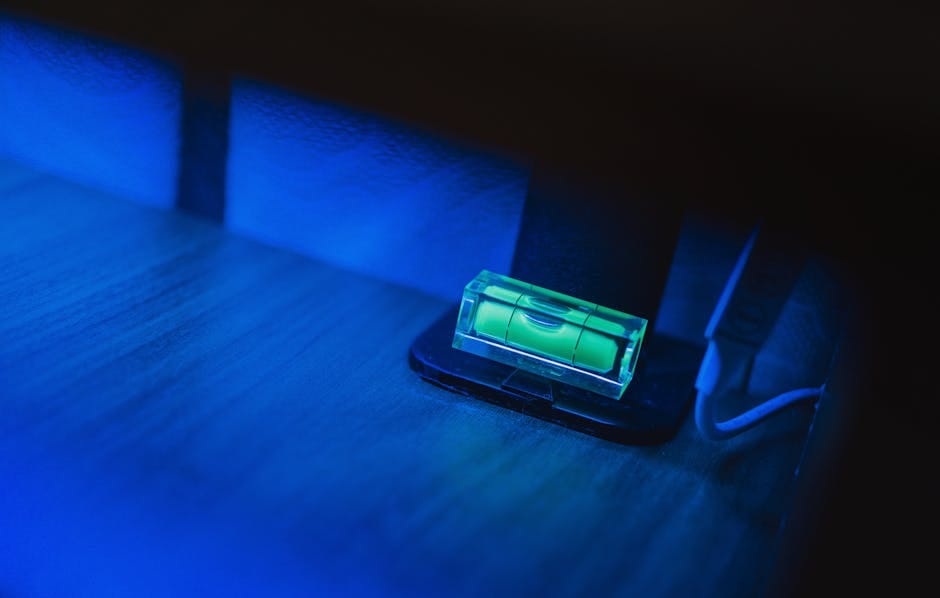The Role of Accurate Standards in Enhancing Polygraph Accuracy

The Role of Accurate Standards in Enhancing Polygraph Accuracy
Polygraphs, commonly known as lie detectors, have long been a topic of debate regarding their accuracy and reliability. Despite their controversial nature, polygraphs are still widely used in various fields, including law enforcement, security clearance processes, and employment screenings. The key to maximizing their effectiveness lies in adhering to accurate standards. In this blog post, we will explore the importance of precise standards in enhancing polygraph accuracy, delve into the science behind polygraphs, and provide actionable tips for ensuring reliable results.
<h2>Understanding the Science Behind Polygraphs</h2>
<p>Before delving into the role of standards, it is crucial to understand how polygraphs work. A polygraph measures physiological responses such as heart rate, blood pressure, respiration, and skin conductivity while a subject answers a series of questions. The theory is that deceptive answers will produce physiological responses different from those given when telling the truth.</p>
<h3>The Mechanism of a Polygraph</h3>
<p>Polygraphs operate on the premise that lying induces physiological changes due to stress or anxiety associated with deception. Instruments monitor these changes, producing data in the form of charts, which are then interpreted by a trained examiner. It is important to note that polygraphs do not detect lies directly; they only measure physiological responses that may indicate lying.</p>
<h3>Limitations and Criticisms</h3>
<p>Despite their widespread use, polygraphs have faced criticism. Critics argue that physiological responses can be triggered by various factors, not solely deception. For instance, nervousness, fear, or even excitement can produce similar physiological changes, leading to false positives or negatives. Statistics indicate that polygraph accuracy rates vary, with some studies suggesting accuracy rates of around 70% to 90%. However, the accuracy largely depends on the examiner's skill and adherence to strict standards.</p>
<h2>The Importance of Accurate Standards in Polygraph Testing</h2>
<p>The accuracy of polygraph results can be significantly influenced by the standards adhered to during the testing process. Accurate standards encompass everything from the examination environment to the examiner's qualifications and the testing protocols used.</p>
<h3>Standardized Testing Environment</h3>
<p>Creating a controlled testing environment is crucial for obtaining accurate results. This includes minimizing external distractions and ensuring the subject is comfortable. A quiet, controlled environment helps reduce stress-induced physiological responses unrelated to deception, thereby enhancing test accuracy.</p>
<h3>Examiner Qualifications and Training</h3>
<p>The role of the examiner is pivotal in polygraph testing. Qualified examiners undergo rigorous training and certification to ensure they can accurately interpret the data produced by the polygraph. According to the American Polygraph Association, certified examiners must complete at least 400 hours of formal training and pass a comprehensive examination. Ensuring your examiner is certified and experienced is crucial for reliable results.</p>
<h3>Standardized Questioning Techniques</h3>
<p>The questions asked during a polygraph test significantly impact its accuracy. Standardized questioning techniques involve using a mix of relevant, irrelevant, and control questions to gauge the subject's physiological responses accurately. The questions should be clear, concise, and devoid of ambiguity to prevent misinterpretation and ensure accurate readings.</p>
<h2>Enhancing Polygraph Accuracy Through Technology</h2>
<p>Technological advancements have played a crucial role in improving polygraph accuracy. Modern polygraphs are equipped with advanced software and sensors that provide more precise measurements of physiological responses.</p>
<h3>Digital Polygraph Systems</h3>
<p>Digital polygraph systems offer enhanced data accuracy and reliability. Unlike traditional analog systems, digital polygraphs provide clearer and more detailed charts, allowing examiners to interpret data more accurately. These systems also enable real-time monitoring and data recording, reducing the risk of data loss or misinterpretation.</p>
<h3>Software Enhancements</h3>
<p>Advanced software programs are now available to assist examiners in analyzing polygraph data. These programs use algorithms and statistical models to identify patterns and anomalies, providing an additional layer of analysis to support the examiner's conclusions. Software enhancements help minimize human error and increase the overall accuracy of polygraph results.</p>
<h2>Actionable Tips for Ensuring Accurate Polygraph Results</h2>
<p>While adherence to accurate standards is crucial, there are additional steps that can be taken to further enhance polygraph accuracy.</p>
<h3>Pre-Test Interview</h3>
<p>A thorough pre-test interview is essential to establish a baseline for the subject's physiological responses. During this interview, the examiner should explain the polygraph process, address any concerns the subject may have, and review the questions to be asked. This helps reduce anxiety and ensures the subject understands the test procedure.</p>
<h3>Acclimatization Period</h3>
<p>Allowing the subject an acclimatization period before the test can help reduce stress-induced physiological responses. This period gives the subject time to relax and adjust to the testing environment, leading to more accurate measurements during the actual test.</p>
<h3>Post-Test Analysis</h3>
<p>A comprehensive post-test analysis is crucial for verifying the accuracy of the results. This analysis should include a review of the data collected, a comparison with the baseline measurements, and a detailed interpretation of the findings. A second opinion from another qualified examiner can also provide additional assurance of the results' accuracy.</p>
<h2>Conclusion</h2>
<p>In conclusion, the role of accurate standards in enhancing polygraph accuracy cannot be overstated. By adhering to standardized testing environments, ensuring examiner qualifications, and employing advanced technology, the reliability of polygraph results can be significantly improved. While polygraphs are not infallible, following these guidelines and incorporating technology can greatly enhance their accuracy and usefulness in various fields. As the science and technology behind polygraphs continue to evolve, maintaining rigorous standards will remain essential for ensuring their continued relevance and effectiveness.</p><p><a href="https://morganpolygraph.com">For more info, click HERE</a></p>
